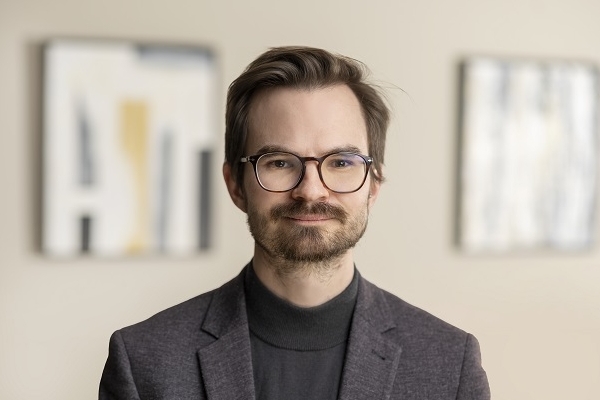Wed 3rd Jan 2024
DABUS - a storm in a tea cup?
Service: Patents
Sectors: AI and data science
The Supreme Court has ruled that only a human can be an ‘inventor’ in patent law. What are the real-world ramifications for individuals and companies seeking to protect innovations devised using AI?
In short, none whatsoever.
Why? Because the DABUS judgement answers only half of the fundamental question concerning the use of AI in R&D (arguably, the trivial half).
As has been widely reported, Dr Thaler filed two UK patent applications for inventions allegedly generated by a machine acting autonomously and powered by AI. Under Section 13(2) of the Patents Act, the applicant is required to file a statement “identifying the person or persons whom he believes to be the inventor or inventors”. Dr Thaler has maintained from the outset that he is not the inventor of the inventions in question, and has sought to name his ‘DABUS’ machine instead.
In reality, a person or company investing significant resources in protecting their innovation is unlikely to knowingly shoot themselves in the foot by refusing to name a human inventor on their patent application, against the advice of their patent attorney. Rather, they will be more interested in the question of whether their patent or patent application, which names in good faith a human inventor(s), could be challenged based on their use of AI in the research and development process.
To provide any guidance on that question, the full question that would need to be answered is this:
Would it have been necessary and sufficient for Dr Thaler to name himself as the inventor to be entitled to a patent?
DABUS addresses only the ‘necessary’ part, with the Supreme Court definitively ruling that it is, indeed, necessary to name at least one human as inventor. This is hardly surprising, as the courts have previously defined an ‘inventor’ as the natural person (i.e. human) who came up with the inventive concept.
The ‘sufficient’ part is arguably far more interesting, but was not addressed in any way. Rather, the DABUS ruling was predicated on the untested assumption that Dr Thaler was not an inventor [1]:
“The question whether DABUS in fact created and generated the inventions described in the applications has therefore never been investigated. The applications have been considered and assessed (and the appeals have been decided) on the basis that the factual assertions made by Dr Thaler are correct. “It follows that, on the factual assumptions upon which this appeal is proceeding, Dr Thaler has never had any right to secure the grant to himself of patents under the 1977 Act in respect of anything described in the applications.”
To answer the ‘sufficient’ part, it would have been necessary to run the case differently: naming Dr Thaler as an inventor, and then attempting to mount a challenge on the basis that he was not an inventor because of the specific involvement of AI. In that scenario, the UKIPO or court might have been forced to address the factual question of whether or not Dr Thaler was the human inventor.
Whilst there is no clearcut route to such a challenge in UK law, Section 13(3) might provide one mechanism:
“Where a person has been mentioned as sole or joint inventor in pursuance of this section, any other person who alleges that the former ought not to have been so mentioned may at any time apply to the comptroller for a certificate to that effect, and the comptroller may issue such a certificate; and if he does so, he shall accordingly rectify any undistributed copies of the patent and of any documents prescribed for the purposes of subsection (1) above.”
If a Section 13(3) challenge were successful, leaving no human inventor remaining (and no possibility of naming a human), would the application be deemed withdrawn as a consequence?
Section 72(1)(a) also enables a patent to be revoked on the basis that “the invention is not a patentable invention”. Perhaps a challenge could have been mounted on the basis that a patentable invention requires human inventorship?
In those circumstances, the outcome of an attempt to forcibly remove Dr Thaler’s name from the patent applications on the basis that the technical advances in question were, in fact, created by an AI machine, could have had significant real-world consequences for the use of AI in the R&D process.
As it is, it is hard to see any real-world ramifications of the DABUS judgement, because it is predicated on an untested assumption applied in a highly artificial situation of Dr Thaler’s own making.
For more information on patents relating to AI, please contact Tom Woodhouse.
[1] Thaler (Appellant) v Comptroller-General of Patents, Designs and Trademarks (Respondent) [2023] UKSC 49, para. 51 and 90
This briefing is for general information purposes only and should not be used as a substitute for legal advice relating to your particular circumstances. We can discuss specific issues and facts on an individual basis. Please note that the law may have changed since the day this was first published in January 2024.


